Don't wanna be here? Send us removal request.
Text
Barangay DRRM Kwentuhan by Francis Pio of NSTP L-AB-9
Barangay 471 Zone 46 District IV
Hazard Identification
After consulting with Eugene Cruz, the Executive Officer of Brgy. 471, I have come to know that the frequent hazards and disasters that occur in the barangay are floods, earthquakes, fires, and super typhoons. There are also cases of minor vehicular accidents and snatching in the area.
The barangay is equipped with flood indicators to monitor the water level whenever an imminent flood or typhoon is to hit and affect the barangay. They would also coordinate with fellow barangays to know the situation of each other to prepare for an imminent flood or disaster. Mr. Cruz also said that they tune in for updates from the local news station to know about any impending natural or man-made disasters.
Based on the data of the Philippine Institute of Volcanology and Seismology (PhiVolcs), the “Big One” or the devastating earthquake due to the movement of the West Valley Fault may occur anytime during this lifetime. Also, the barangay gave reports about the past typhoons that greatly affected their GDP such as Typhoon Ondoy, Pedring, Quiel, and Sendong.


Vulnerability, Elements, and People at Risk Assessment
According to Mr. Cruz, the most vulnerable parts of the barangay whenever an earthquake strikes are the areas near tall buildings. He said that it is very dangerous to stay near them whenever it occurs. He also added that the barangay is geographically near a gasoline station. And its proximity is also a threat because it may explode when a disaster arises. Mr. Cruz also told me that the whole barangay is prone to flood whereas, Juaning and Navarra street and establishments are prone to fire and earthquakes.
The streets are also unsafe places. Not only is it prone to floods but it is also the host for various vehicular and snatching incidents. Old houses are also an imminent threat to society. It is because of its old and decomposing wood that makes it highly vulnerable to fire.
Based on my observation, the electrical wires are also a dangerous thing when disaster arise. Bundles of wires crawl around the barangay and it is prone to breaking and may cause a fire when it does.
Mr. Cruz said those old people, poor, persons with disabilities and children are most vulnerable when these disasters arise. It is because of this that the Barangay 471 made evacuation centers for its constituents. They have made the 2nd and 3rd floor of the barangay hall as the primary evacuation center and coordinated with Raha Volunteer to make their fire station and the UST Football Field as evacuation centers.
The Barangay is considered as a semi-commercial area with its residents’ income-generating capabilities sprout from food stalls, commercial establishments, transport services, and sari-sari store. If a flood or a fire occurs in these places, the residents may lose their revenues as it is their primary source of income.
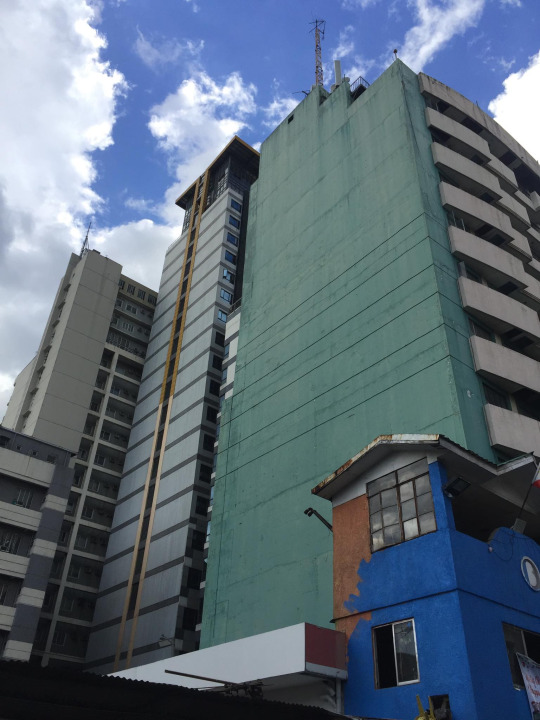
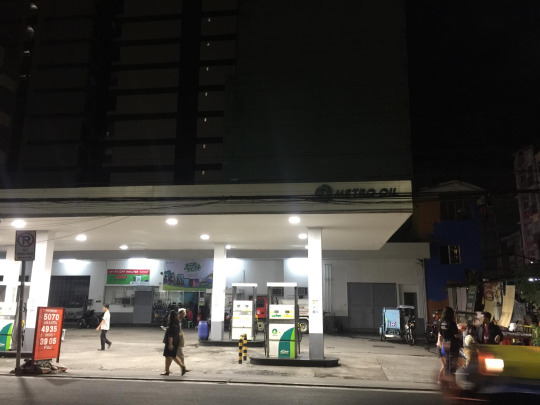
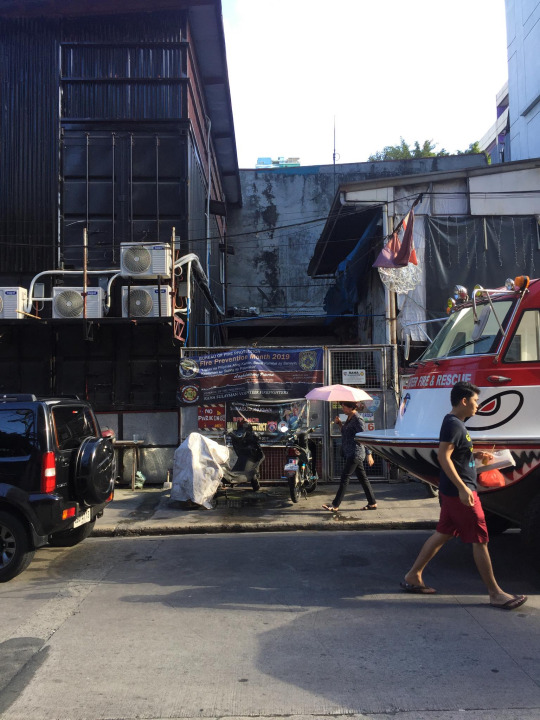
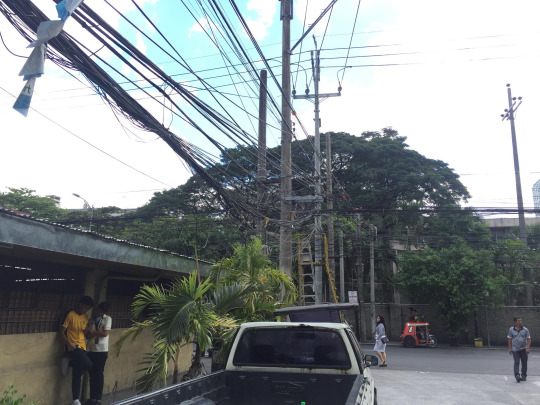
Capacity and Disaster Management Assessment
The Barangay has a Barangay Risk Reduction Management Plan that Mr. Cruz was kind enough to show me. Base on the plan, the barangay had various activities, pieces of equipment, and procedures to follow and use whenever a hazard or disaster strikes.
In anticipation of floods and typhoons, the barangay conducts a weekly declogging and clean-up drive to remove garbages from sewers and allow water to freely pass and avoid clogs that may result to flood. They also have a megaphone and a two-way radio in-store to help during these disasters.
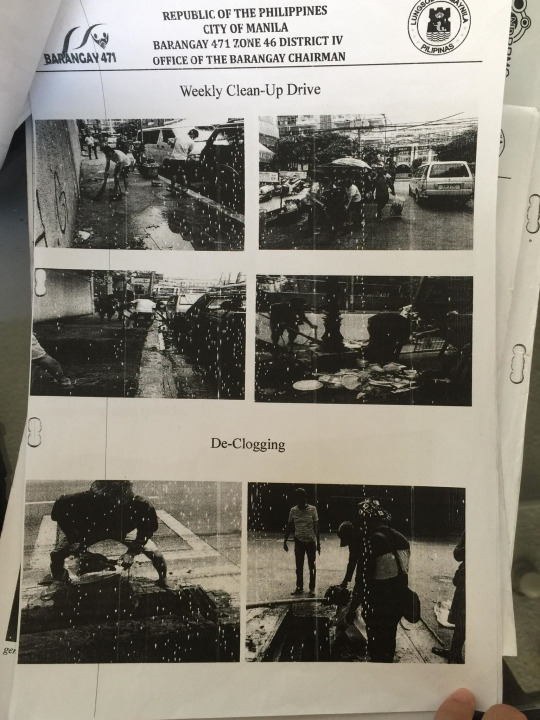

On the other hand, in anticipation of earthquakes and fires, Mr. Cruz told me that the Raha Fire Volunteer had been a dependent organization in case of any incidents. It is because of their capable fire trucks, amphibious vehicles, and ambulances that they can perform well. However, the barangay is not incapable of protecting themselves.
Mr. Cruz told me that they have enough tanods to help in any emergencies and their pieces of equipment such as fire extinguishers, first aid kits, BP apparatus, two-way radios, flashlights, whistles, generator, and the nebulizer is always ready to be used in case of any emergency.
It is also in the direct supervision of Hon. PB Osmundo J. Perez to be responsible for the Barangay Disaster Coordinating Council (BDCC), Alfonso Adalia for the Fire Brigade Team, Kagawad Adelaida Rabe for the Medical Service Team, Lito Espera and Evelyn Rodriguez for the Damage Control Team and Security Service Team, respectively.

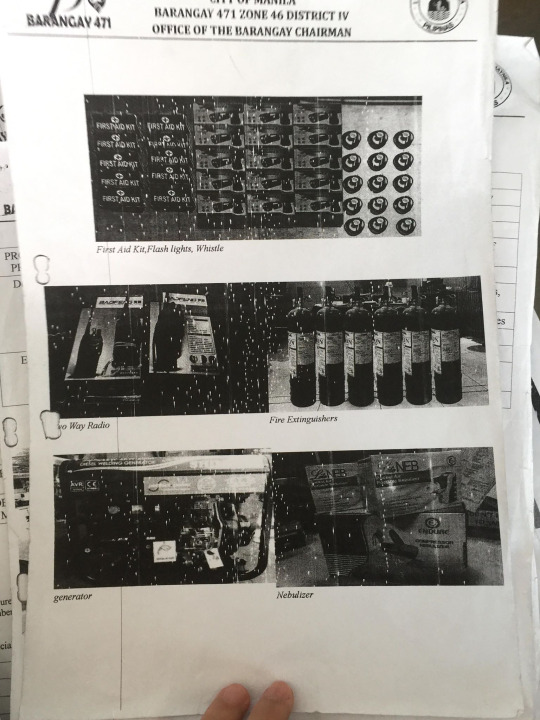
I have also observed that the Barangay had installed a CCTV system that stretches along the street of Navarra and other streets as Mr. Cruz said it was a busy street that needs a lot of surveillance. It is also used to track water levels, vehicular or snatching incidents.
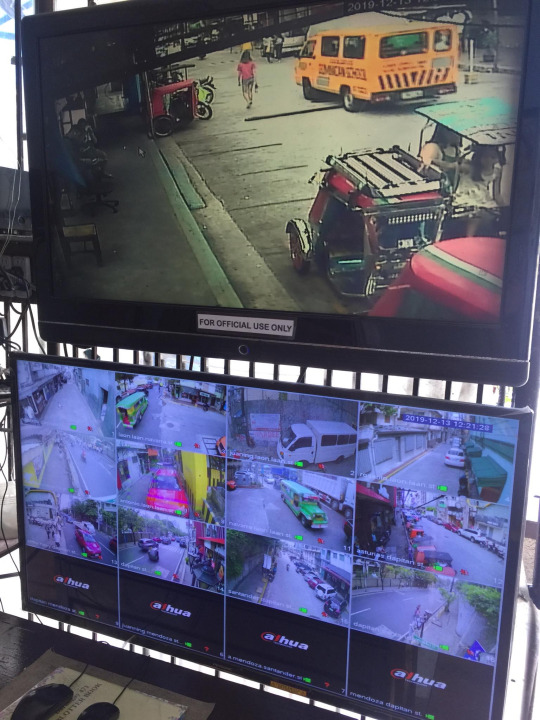
Community Walk
As I have done my walk to observe the barangay, I have seen that it really is a place of busy students. And the traffic along with it is dangerous to their safety. I have also seen the danger of numerous bundles of hanging electrical wires that are only waiting to be a disaster on its own.
Also, I have observed that there is little to no street barriers along the streets of UST and Barangay 471. Danger may strike anytime and unknowing pedestrians may be a victim of car accidents.
Tall buildings and old houses are also a sight for the eyes. These dangerous infrastructures are needed to be properly maintained.
Hazardous Places
As I see it, the most hazardous places are near tall buildings and establishments with a lot of bundled electrical wires. Also, there are not enough precautions on the street such as street barriers to protects pedestrians from any vehicular accidents.

Safe Places
The UST football field is one of the safest places near the barangay and it can accommodate hundreds of people whenever a disaster strikes.
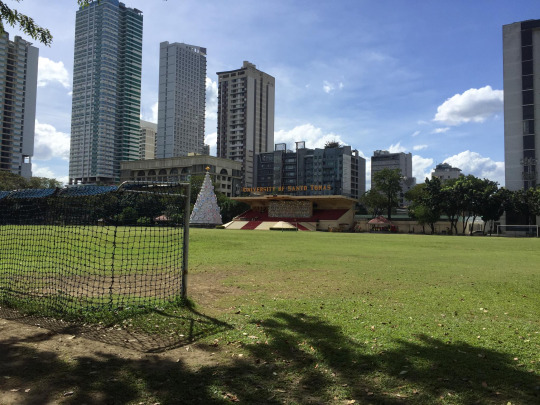
Best Practices
I believe that what the barangay does for the prevention of flood and for the cleanliness of the community is one of the best practices of it. The Clean-up drive and declogging practices can go a long way. It will enhance the capacity of the barangay to be more prepared and save lives and businesses in the first place.

Reflection, Synthesis, and Analysis
After conducting the DRRM Barangay Kwentuhan, I am now more aware of the plans that the barangay has in-store for the protection and preservation of life and the harmony of its constituents. It is quite assuring to know that there are these initiatives solely to benefit us.
However, I just wish that more people would be more willing to actively and effectively implement these practices. Also, I wish that there were more civic awareness and importance in the minds of the people. So that these actions can be improved and effectively implemented.
With the knowledge of the disasters and hazards in my community, I have now the duty and responsibility to look out for my self and others. I have to effectively communicate my knowledge for the betterment of the community. Also, I can help with the preparation and dissemination of the idea as to where to go in times of a disaster or who to call.
The Philippines is an archipelago and we are situated near the Pacific ocean. Typhoons will inevitably devastate the country and we can do nothing to stop it. Fortunately, we can be prepared for it. By being ready and competent for disasters at the smallest level of the barangay, we can be ready for any disaster as a nation. We need to reinforce our preparedness down to its core, the people of the barangay so that we can mitigate these disasters that affect our community.
We can do it by training our barangay officers and also its constituents and equipping them with the right tools to undergo such training. We should also come up with an efficient disaster preparedness plan so that we can follow a system whenever a disaster strike. This will not only include barangay officials but the coordination of the people is also a vital aspect for its success. Hence, I can say that this National Service and Training Program (NSTP), is not a mere subject for the school but is a subject for the survival and progress of the country.
1 note
·
View note